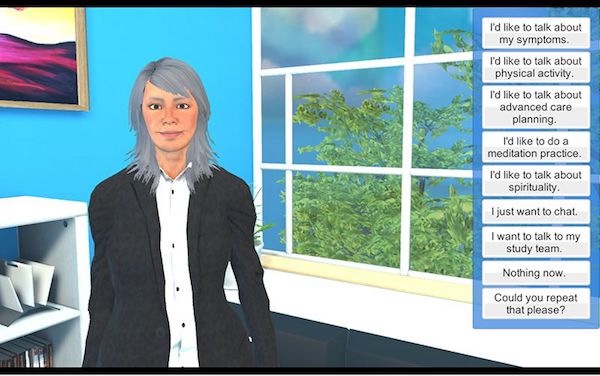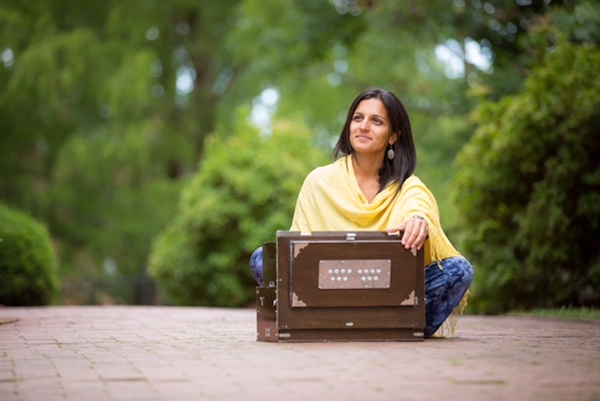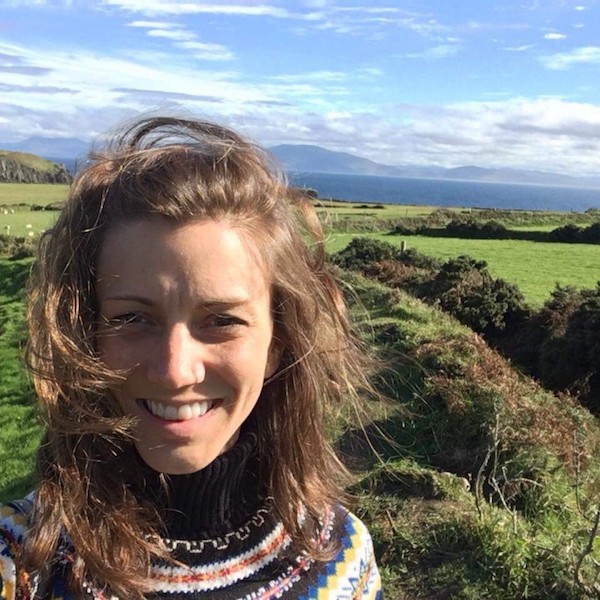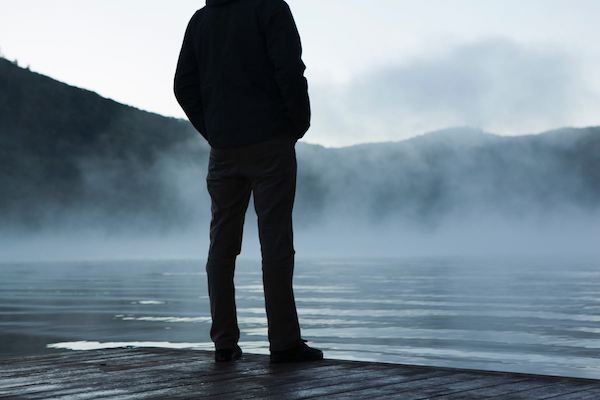When Kate Gross was dying, aged 36, she told her sons there would be life after her death. But how would they actually cope with losing her?

By Jean Gross
[W]hen my grandson Isaac was very small, his mother, Kate, would say, “I’ll miss you” when she travelled away for work. Later, when he was three, I remember him running after her in the park when he couldn’t quite keep up with her, crying: “Don’t miss me, Mummy.” To him, “to miss” meant “to leave”. “Don’t miss me, Mummy”, meant don’t leave me.
But, in the end, Kate did have to leave him, and his twin brother, Oscar. When the boys were five and she was 36, she died. It was Christmas Day 2014, minutes before the boys woke up to ask their dad, Billy, if it was time to open their stockings.
In the months before Christmas, once Kate had been told her cancer was terminal, she came up with a way in which we could all talk about a future without her. She called it Afterwards. “Afterwards,” she would say “you will need to …”, “Afterwards, Billy will …” Now, with some distance between us and that worst of Christmases, I want to write about Oscar and Isaac’s Afterwards – how they have managed, and whether Kate’s fears for them, or her best hopes, have come true.
It is a positive story. The boys are now sturdy, happy eight-year-olds. We have learned, with surprise and relief, how resilient they are, and how easily they have taken to the fact that their mum is not here – and yet is still here, in the fabric of her house, in the memories, in the ways in which we constantly tell them they resemble her.
Initially, the boys each reacted very differently to their loss. Oscar is stoic and factual by nature, with a passion for numbers. When we told the boys their mum was going to die, he asked how old people were when they got cancer. Billy said it was usually when you were old; their mum was unlucky.
“How old is Mum?” asked Oscar.
“Thirty-six,” said Billy.
Then, “And how old are you, Dad?”
Oscar was working it all out, with numbers as his guide, and Billy knew to tell him that he wasn’t likely to get cancer, too.
Of the two boys, Isaac has always been a little more worried about love and loss, always at a different point on the objects-facts v people-feelings scale. After Kate died, he initially had more hurt places than Oscar – manifest in tummyaches at school and a wish to stay in and “help” his kind teacher, or occasional oblique insights into sadness. I remember being in the car taking the boys to change from school clothes into smart new jumpers and shirts for Kate’s funeral. I told them that some people might cry at the funeral. “Why?” asked Isaac. It’s just something grownups do, I said. “Why?” persisted Isaac. I said they would be sad because they missed Mummy. There was a pause, then Isaac said: “I had a dream.” I asked what his dream was about. “I was on a train and Dad wasn’t and the train went off without him.”
But apart from these brief moments, there has been little sign of grief or worry. Oscar likes to tell me his bad news, like a cat bringing a mouse it has caught and tenderly laying it on your pillow. Once told, it becomes less important. But the bad news has never been about Kate, only grazed knees, fluffing a save in football, missing his computer time at school. Her death did, however, offend his sense of justice. “It’s not fair,” he said when we first told him she would die soon. “The other children in my class will have mummies.”
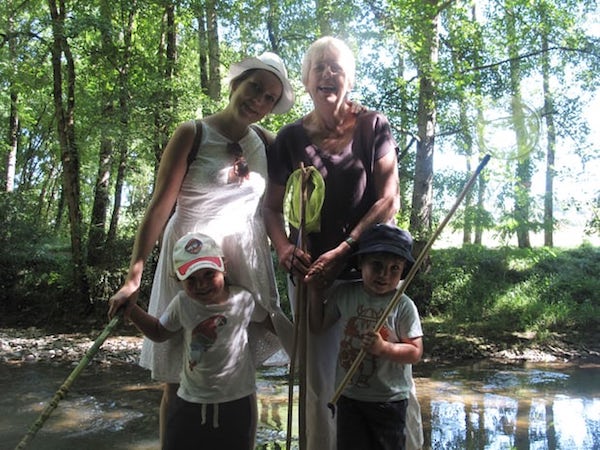
Grieving, I think, asks that you live in the remembered past or a denuded future. Oscar and Isaac still pretty much live in the present. Nor have they a great capacity for introspection. Once I told them they had been unlucky to lose their mum. “Why?” asked Isaac. They didn’t understand; they were unable to examine their experiences, as distinct from simply living them.
There is little point in expecting young children to be sentimental. The summer after Kate died, we were on holiday in France, visiting a church; the boys saw candles and asked if they could light some. For Mummy, we said, and thought of her. But for them what mattered were the immediate sensory experiences – the physical act of striking a match, and the satisfying clunk as the offering money fell to the bottom of the collection box. Things don’t stand for things when you are small. They simply are.
I have often wondered why is it that some children cope with adversity, while others falter and fall. Research tells us that resilience is linked to social support – a sense of belonging to a community, and having at least one adult in your life who believes in you as a worthwhile person. And they have social supports in abundance – Billy, their dad, of course, and all the family and Kate and Billy’s friends. Just as important has been the boys’ own social circle. The children at their small, loving, Catholic school, and their parents, have closed around Oscar and Isaac and created a force field that keeps the Dark Side well away.
Science has been helpful to the boys, too; their dad is, after all, a scientist. They wanted, and got, proper explanations about cancer cells and death. A few months after Kate died, we heard them chatting in bed: “Everything dies eventually,” said Oscar.
“No one lives to infinity,” said Isaac.
Religion, doled out at school, has given the boys a language in which to talk about their loss. People often told them that their mum was in heaven, and they accepted this. In one bathtime discussion, Oscar told me: “There must be heaven.”
“Why?” I asked.
“Because if there wasn’t, where would God live?” he said triumphantly.
Even so, you have to be careful. One of Kate’s friends, whose wife died when his three girls were small, told us that one of them had said she wanted to be run over by a bus, “so I can go to heaven and be with Mummy”. As for, “God took your mummy because he wanted her to be with him in heaven,” I can’t think of anything more likely to make a child seriously annoyed with such a selfish higher power.
Angels are safer territory. At a birthday party, when the children were colouring in angels, Isaac said: “My mum’s an angel.” Oscar agreed: “Yes, she is.” But the angel for the top of the Christmas tree got broken last year and this year we had to get a star instead. I wondered if the boys were confused, what with these broken and unbroken angels. How do children make sense of all this? And how do they reconcile science and belief?
Becoming older and growing in understanding, the boys have talked recently with their dad about this. “It’s belief until it’s proved and then it’s science,” the boys told me.
“So what about angels,” I asked.
“They must be belief ’cos you can’t see them flying round, can you,” Isaac replied.
It is hard to know exactly what the boys do remember about Kate. We try to help by talking about her, whenever we can. Many people have told us how important it is to keep the person who has died in the conversation. A kind stranger, for example, wrote to us: “Both my parents died of cancer. I’m sorry for your loss. PLEASE tell stories about your Kate to your lovely grandsons. We stopped talking about our mother when she died – it was a black space that became hard to fill.”
Sometimes, I hold Kate up as an example for the boys to live up to. When they were complaining about having to keep going back over pieces of writing at school, to “improve” them, I told them that when their mum was writing a book, she had an editor who suggested changes to words and things to move around. I told them how hard she worked to make those changes. “And did she have a rubber?” asked Isaac, concerned.
We had a letter from a woman who lost her own mother as a child. She wrote: “My middle sister and myself had funny little memories of my mum and it truly wasn’t until I had my first child that I recall missing her.” Perhaps that will happen to Oscar and Isaac; I expect they will circle round the idea of Kate’s death and come to it at unexpected moments in unexpected ways. Maybe some later loss will take them back to how it felt in childhood. Or maybe, in a few years, the loss of a mother will simply give them a convenient hook on which to hang their inevitable non-specific teenage angst.
I hope they will be OK, long-term. But right now it is clear to me that they are not diminished by Kate’s absence, unlike us – my husband and I – who are. And if Kate could come back, just for a moment, I would tell her that she need not have been afraid. Oscar and Isaac are fine, just fine.
Complete Article ↪HERE↩!

